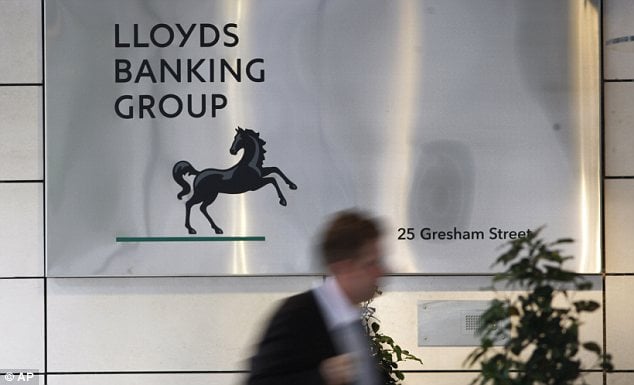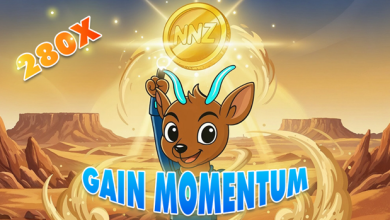Curve Investors Furious as Lloyds Agrees Cut-Price £120m Takeover


What Is Behind Lloyds’ Move to Acquire Curve?
Lloyds Banking Group, the UK’s largest high street lender, has agreed to purchase digital wallet provider Curve in a deal worth roughly £120 million. Curve notified investors this week that it had signed a share sale and purchase agreement with Lloyds, with a formal announcement expected as soon as next week.
The transaction marks one of the most prominent UK fintech acquisitions of the year, but it comes with heavy tension. Curve acknowledged in its shareholder circular that the agreed valuation “falls short of the ambitions we all held for Curve,” and that many investors would be disappointed.
Still, the board emphasized that the sale represents “the best available path forward” for the company’s creditors and shareholders. Curve’s chief executive and founder, Shachar Bialick, previously warned that the business would likely run out of cash this year if a deal with Lloyds did not close.
Curve has raised at least £250 million since its founding and once positioned itself as a flagship European fintech challenger. But rising customer acquisition costs, , and regulatory pressure have weighed heavily on mid-stage fintechs throughout 2024 and 2025.
Investor Takeaway
Why Are Curve’s Shareholders Furious?
The deal has ignited a bitter dispute among Curve’s largest investors. IDC Ventures, which holds a 12 percent stake and is Curve’s largegest external shareholder, issued a forceful statement on Friday condemning how the sale was handled.
IDC said it was “deeply concerned about the conduct of Curve’s management and board during the current sale process,” adding that governance and ownership issues remain unresolved. The firm also suggested the transaction may not be in the best interest of shareholders and warned that it does not intend to support the sale.
More pointedly, IDC questioned why Lloyds — one of the UK’s most established financial institutions — would proceed with a deal that a major stakeholder believes is flawed. IDC said the sale “is not capable of being implemented without its support,” signaling potential legal resistance ahead.
The venture firm has retained Quinn Emanuel, a heavyweight litigation practice, to advise on its next steps.
Last month, attempts by several disgruntled shareholders to remove Curve’s chairman, Lord Fink, and CEO Shachar Bialick from the board were voted down. Since then, demand explanations over valuation, governance, and the distribution of sale proceeds.
Why Does Lloyds Want Curve?
For Lloyds, acquiring Curve is a strategic bet on the . Curve aggregates users’ into a single app and offers spending controls, rewards, and advanced payment routing features — technology that aligns with Lloyds’ push toward smarter, integrated financial experiences.
The timing is also significant. UK and EU regulators are increasing pressure on Apple to open its ecosystem, potentially fragileening Apple Pay’s long-standing dominance. Banks that own their own wallet and payment-routing layers could gain a competitive edge as restrictions on Apple’s NFC data loosen.
Curve’s infrastructure gives Lloyds:
- A ready-made that can be integrated into its mobile banking ecosystem.
- A multi-card routing engine that enables smarter transaction flows and merchant rewards.
- A quicker route to competing with Pay at a moment when regulatory winds are shifting.
For Lloyds, the opportunity is to leapfrog legacy constraints and accelerate its payments roadmap rather than build the technology from scratch.
Investor Takeaway
What Comes Next in the Lloyds–Curve Saga?
The future of the acquisition remains uncertain. IDC Ventures’ resistance introduces legal and procedural risk, particularly if the venture firm argues that the sale cannot be executed without its approval. Curve’s board insists the deal is necessary to keep the company solvent, while IDC argues that governance issues and valuation concerns have not been adequately addressed.
If the sale proceeds, Lloyds will inherit a distressed but strategically valuable interface, broad card-issuer integrations, and technology that could bolster its long-term payments strategy.
For the UK fintech market, the Curve sale highlights the broader shift from growth-at-all-costs to consolidation, restructuring, and strategic purchaseouts. As funding stays tight and acquisition prices trend lower, more ahead- and mid-stage fintechs may find themselves navigating similar crossroads.
That said, Curve represents a chance to accelerate innovation in the fight for digital wallet relevance. For Curve’s investors, the battle over governance and value is far from over.






